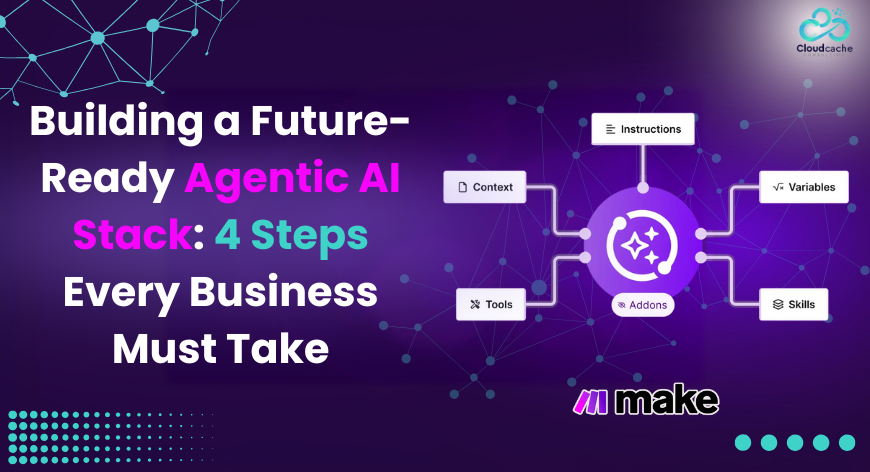
Building a Future-Ready Agentic AI Stack: 4 Steps Every Business Must Take
The rise of artificial intelligence (AI) has marked a defining moment in how businesses operate. But we’re now seeing the next evolution: agentic AI—autonomous systems capable of making decisions, adapting to new information, and executing complex tasks. This leap forward has the power to revolutionize industries, but only if implemented with purpose, structure, and care.
Agentic systems are different from basic automation. They don’t just follow set rules—they learn, evolve, and act independently within boundaries. For businesses aiming to stay competitive in an AI-first world, simply using AI tools is not enough. You must build an intelligent and well-orchestrated AI stack designed to scale and support agentic automation.
Below are four critical steps every business must follow to safely and effectively integrate agentic AI into their operations.
Build the Right Infrastructure for Agentic Systems
The foundation of any successful AI strategy is infrastructure. Just like in traditional tech stacks, the way you organize and connect your systems will determine how effective your AI agents can be.
With agentic AI, infrastructure becomes even more important because these systems require:
Real-time decision-making capabilities
Evaluation methods that go beyond traditional human KPIs
AI agents work in dynamic automation as per needs. They work across platforms, interact with APIs, and generate insights. To manage all this, businesses need a framework that enables flexibility, integration, and continuous monitoring.
You’ll also need to address performance tracking: How will you know if your AI is functioning correctly? How do you detect drift when performance begins to decline or deviate from expectations?
This is where an intelligent AI stack matters. Think of it like a “sandwich” or “layered” approach: at the base is data access, layered with models, then agents, and finally output regulation. Planning these layers thoughtfully leads to better scalability, productivity, and system stability.
Embrace Better Data—Even If It’s Imperfect
Traditionally, businesses have struggled with messy or incomplete data. Sales reps forgetting to update CRMs, inconsistent fields across platforms, and siloed systems all contribute to poor data quality. These issues often break rigid, rule-based automation systems.
But agentic AI is different. It can:
- Transcribe and analyze sales calls
- Extract relevant insights from text and voice
- Interpret semi-structured or unstructured data
- Connect dots that were previously invisible
In short, while high-quality data remains important, AI’s ability to make sense of messy inputs opens new doors for automation and insight. That said, it's still important to create clear standards for which data streams your AI agents interact with. Just because AI can handle noise doesn’t mean it should be fed irrelevant or low-value data.
Businesses should focus on developing flexible pipelines that can process incoming data from different sources, assess relevance, and deliver usable outputs to AI models and agents.
Address Ethics, Governance, and Access Early
As regulations evolve, businesses will need to answer these questions clearly. For example:
What permissions should agents have inside your systems?
Accountability on decisions made by an agent?
Governance works like, could a new joinee collaborate with a robotic AI-bot “colleague”? That might sound futuristic, but it could soon become reality.
Organizations need well-defined policies for:
- Transparency: When and how AI must disclose its identity
- Consent and compliance: Ensuring users opt-in or opt-out appropriately
A robust governance strategy prevents data leaks, reduces legal risk, and maintains trust among users and employees. It also allows businesses to confidently scale agentic systems without losing control.
Experiments leading toward Visualization Enhancement
To succeed with agentic AI, companies must become learning organizations. You won’t always know upfront which tasks are best handled by agents or which model performs best in a given situation. That insight only comes through iteration.
Three pillars support successful AI experimentation:
- Model knowledge: Understand the strengths and weaknesses of the models you deploy.
- Team mindset: Create a culture where people aren’t afraid to experiment with new tools.
- Interface design: Provide a visual, intuitive platform where AI agents and workflows can be tested and adjusted easily.
Visual orchestration tools make this experimentation accessible. Team members without coding experience should still be able to understand how data flows, how agents are triggered, and where optimizations can be made. A drag-and-drop interface not only empowers users but also reduces bottlenecks and increases transparency.
In fast-paced environments, being able to see the full automation pipeline—how agents interact with tools, trigger events, and deliver results—is a game-changer. It enhances both productivity and innovation.
Final Words:
The age of agentic AI is here, and businesses that want to thrive must go beyond surface-level tools and start building deep, structured AI systems. From infrastructure and data to governance and experimentation, every layer of your stack must be thoughtfully designed for long-term success.
At this pivotal time, companies need expert partners who understand not only AI tools but how to integrate them meaningfully across business operations.
CloudCache Consulting, a leader in AI-driven automation and Make.com integration services, helps organizations navigate this complex journey. With deep expertise in building intelligent workflows, we help businesses unlock real value from agentic AI—safely, ethically, and at scale. See us in Upwork as well.
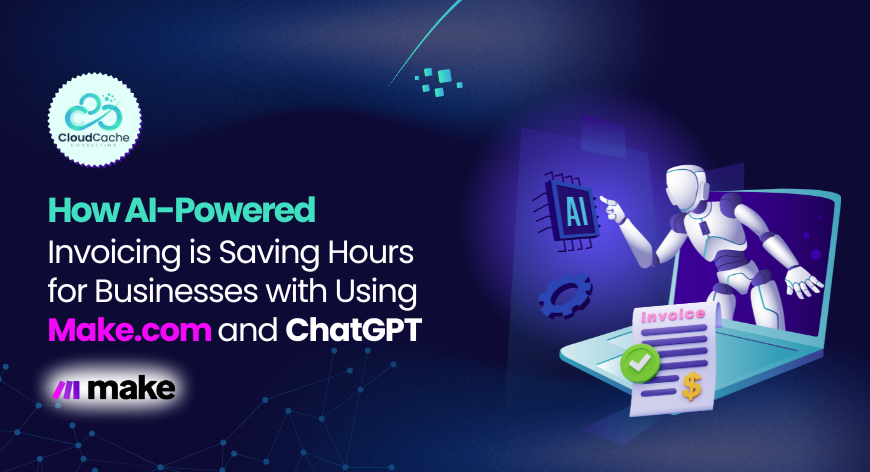
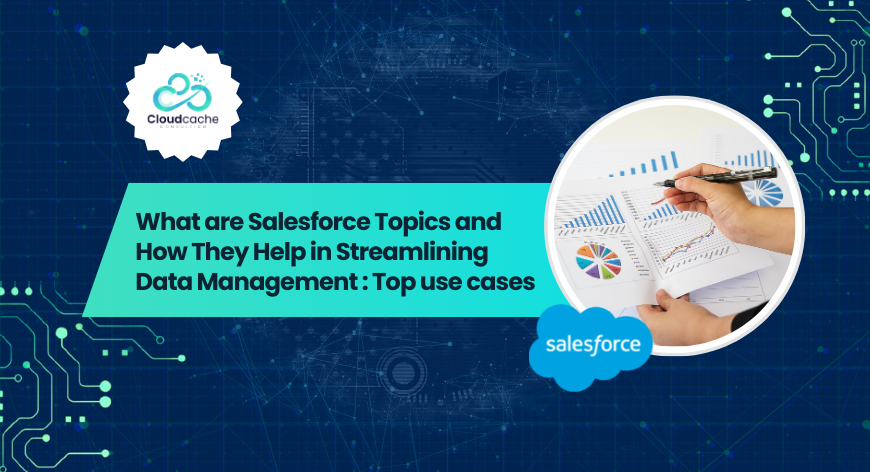
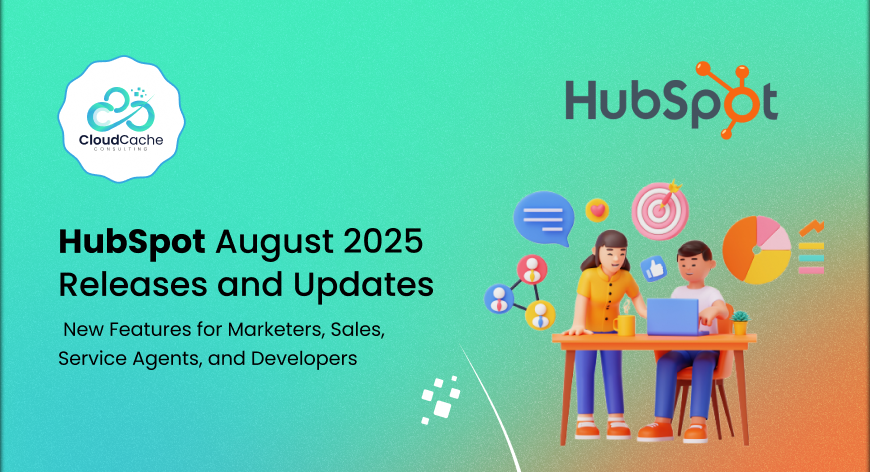
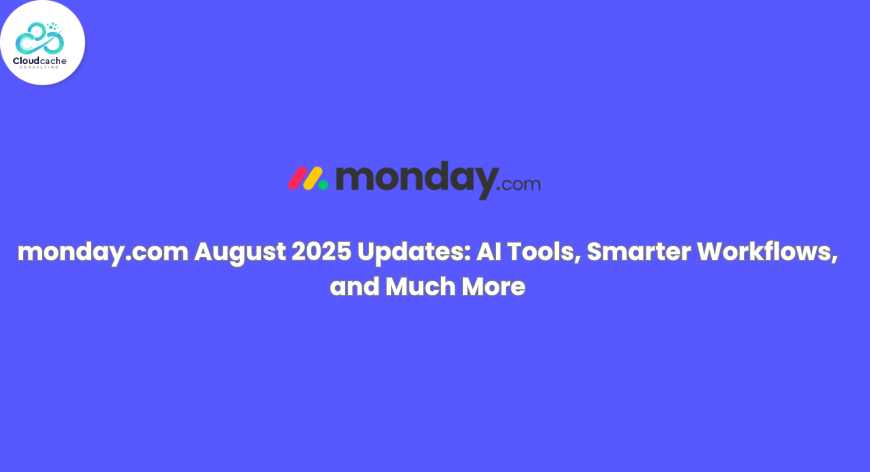
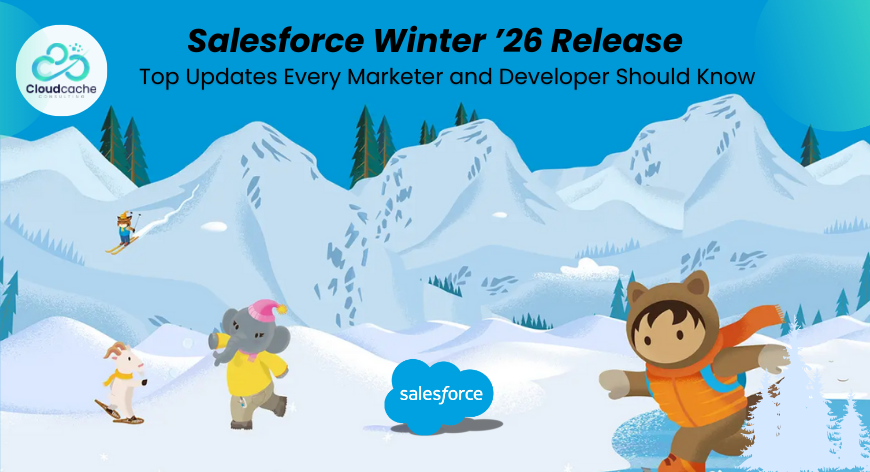
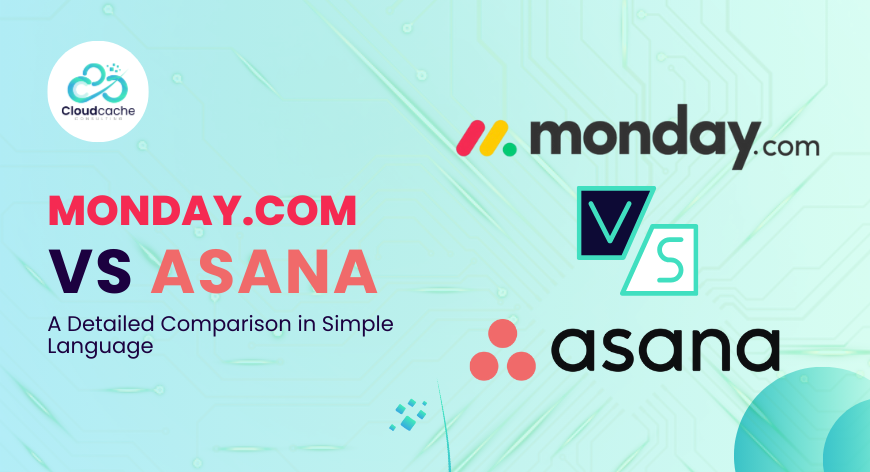
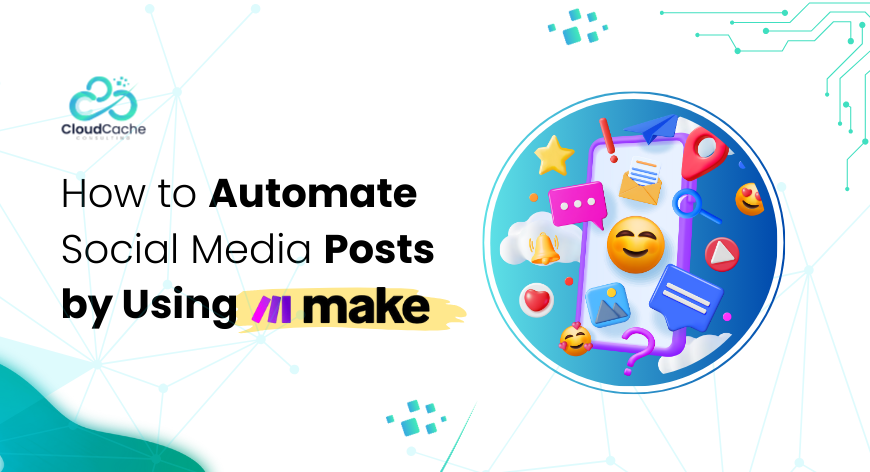

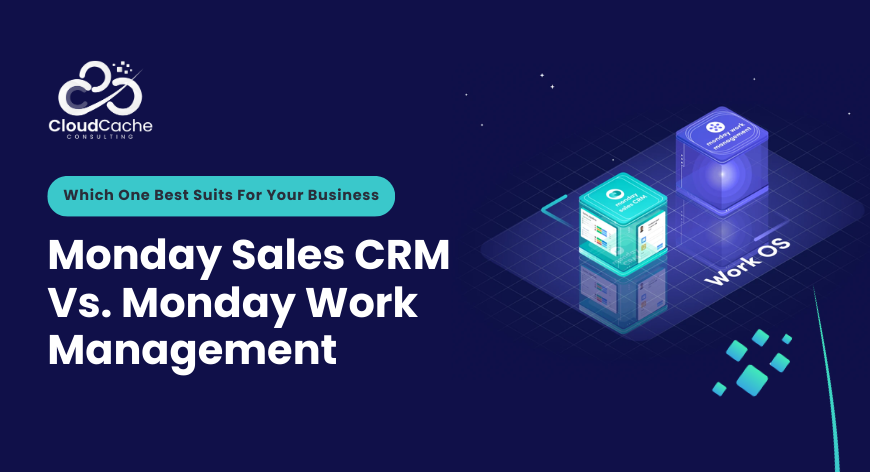
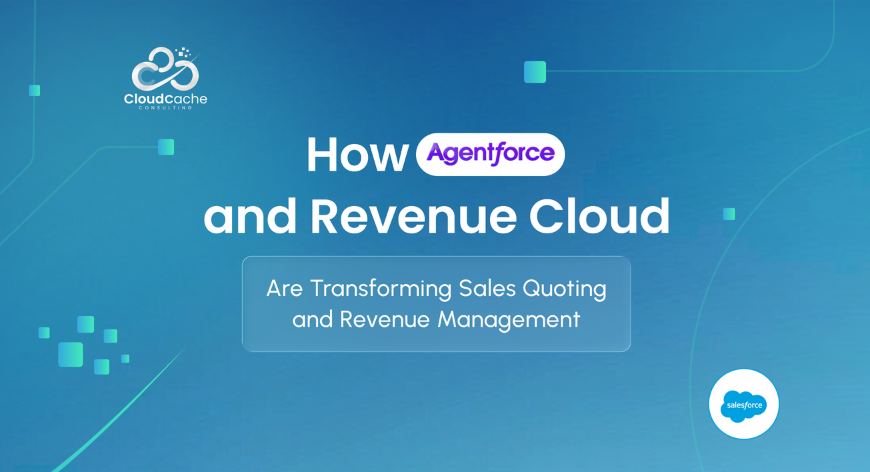

Leave a Reply
Your email address will not be published.